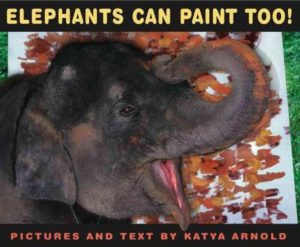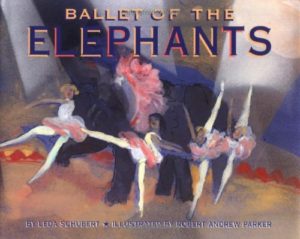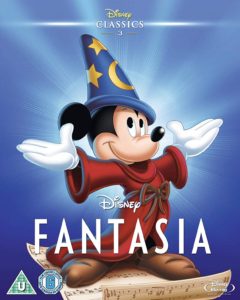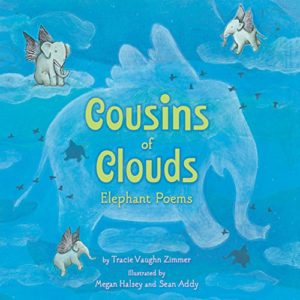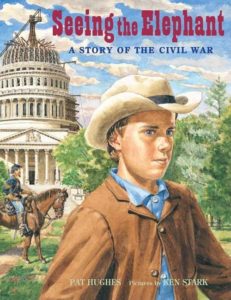
|
“Seeing the elephant” was 19th-century slang for a first experience of battle. In Pat Hughes’s Seeing the Elephant: A Story of the Civil War (Farrar, Straus, & Giroux, 2007), 10-year-old Izzie’s two older brothers are off to fight for the Union. Izzie wants desperately to go too – but when he meets a wounded rebel soldier at the hospital where his Aunt Bell works as a nurse, he learns that war is far more complicated than he had believed. For ages 8 and up. |
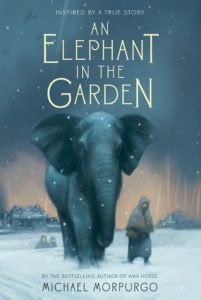
|
Michael Morpurgo’s An Elephant in the Garden (Felwel & Friends, 2011) – loosely based on a true story – is narrated by Lizzie, a teenager in Germany during World War II, whose mother worked as an animal-keeper at the Dresden zoo. As war approaches the city, Lizzie’s mother brings her beloved elephant, Marlene, home to live in the family garden – and when Dresden is bombed, Lizzie, her mother, little brother Karli, and the elephant all become refugees. They take up with Peter, a downed Canadian parachutist, and the kids from a school choir, are helped by a sympathetic countess, lose Marlene, and ultimately land in a refugee camp – but there’s a satisfying happy ending in which Lizzie and Peter marry, and they re-encounter Marlene. For ages 10 and up. |
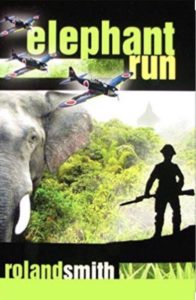
|
In Roland Smith’s Elephant Run (Hyperion, 2007), set in World War II, 13-year-old Nick is sent to stay with his father on a teak plantation in Burma since his mother believes he will be safer there than in London during the blitz. Instead the Japanese invade, Nick’s father is sent to labor camp, and Nick is forced to work for the plantation’s new Japanese overseer. Nick and his friend Mya – who wants to become an elephant trainer or mahout – eventually escape into the jungle, riding on Nick’s father’s elephant, Hannibal. An exciting adventure story that takes place against a complex historical and political background. For ages 9-14. |
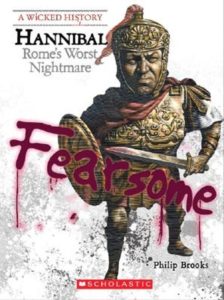 |
Philip Brooks’s Hannibal: Rome’s Worst Nightmare (Franklin Watts, 2009) in the “Wicked History” series is the story of the Carthaginian general who famously led a troop of elephants over the Alps to attack Rome in the Second Punic War. For ages 10 and up. |
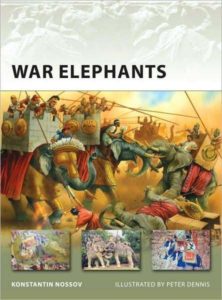 |
Konstantin Nossov’s War Elephants (Osprey Publishing, 2008) is a short illustrated history filled with art reproductions and fascinating information about the animals sometimes known as “living tanks.” For ages 12 and up. |





